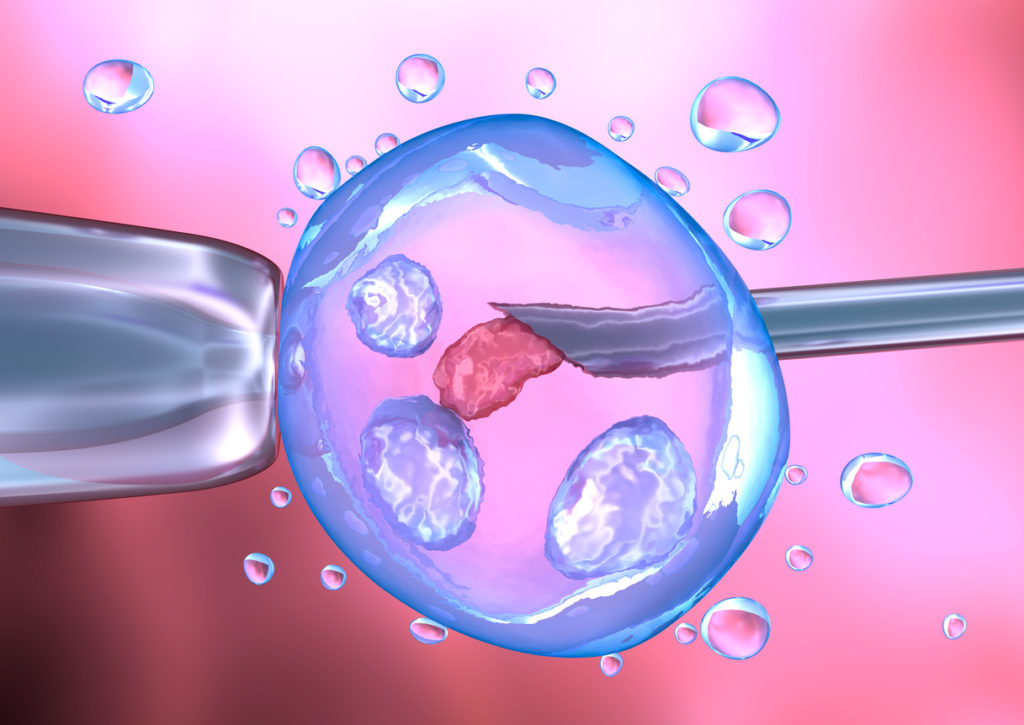

What is PRP?
Your blood is made of liquid (plasma) and a number of different types of cells. Among these cells, platelets are best known for their role in clotting after injury. However, they also contain growth factors, which are substances that promote healing. After an injury, your body naturally responds with an inflammatory response, sending fluid filled with healing substances, including platelets, to the area that has been compromised. The platelets stimulate stem cells to begin the work of repair, promoting new and healthy tissue growth.
The liquid used in PRP injections is prepared by drawing your own blood, then spinning it in a centrifuge that separates the platelets from the plasma. The platelets are then separated and mixed with the plasma so that the resulting PRP solution has a much higher concentration of platelets than that of your normal blood. The PRP is next injected into the injured joint or tissue. Because the platelet concentration is so high, the construction of new and healthy tissue is greatly accelerated. This is a relatively new technique available for the treatment of both acute and chronic injuries, and so far, the results are looking positive. The benefit of using your own blood to treat injuries is that it minimizes risk of having a rejection or allergic reaction. And the risk of infection, tissue damage, or nerve damage is no different than that of a cortisone injection.
Treatable Conditions
The most promising results to date seen with PRP treatment is for tennis elbow, and other tendon injuries. However, the potential to treat both acute and chronic injuries has the list of areas for injections growing. The disorders and injuries that may improve with PRP injections include osteoarthritis of the knee, shoulder, hip and spine, rotator cuff tears, plantar fasciitis, knee injuries such as ACL tears, pelvic pain, neck and back injuries, ankle sprains, acute muscle injuries, ligament strains, and tendonitis. There are also current investigations into whether or not PRP will be of value during surgical procedures, to promote postoperative healing.
What Should I Expect?
First, because the principle behind PRP is to promote inflammation, which then results in healing, you should avoid taking anti-inflammatory medications before or immediately after the procedure. The most common over the counter medications in this category are non-steroidal anti-inflammatory drugs (NSAID) such as ibuprofen and naproxen. The actual procedure should not take more than a few hours. Your blood will be drawn and then spun in a centrifuge to separate the platelets, which will then be added back to your plasma at a higher concentration. After cleansing the area, the solution can then be injected into the injured area, often under the guidance of ultrasound. Your doctor will discuss recovery with you, which generally involves a period of rest before an exercise and stretching program is initiated. You may have repeated injections–up to 3 injections within a 6-month period.
You should feel some improvement within a few weeks, and you will continue to progress as the injury heals. It is important to follow all your doctor’s recommendations before, during, and after your procedure to maximize the benefits you receive.
If you are suffering from the pain of a chronic or acute injury, or if you have any questions regarding PRP you can request an appointment online. We look forward to helping you recover from injury, improve movement and function, and achieve an improved quality of life.


